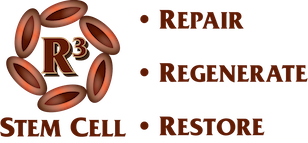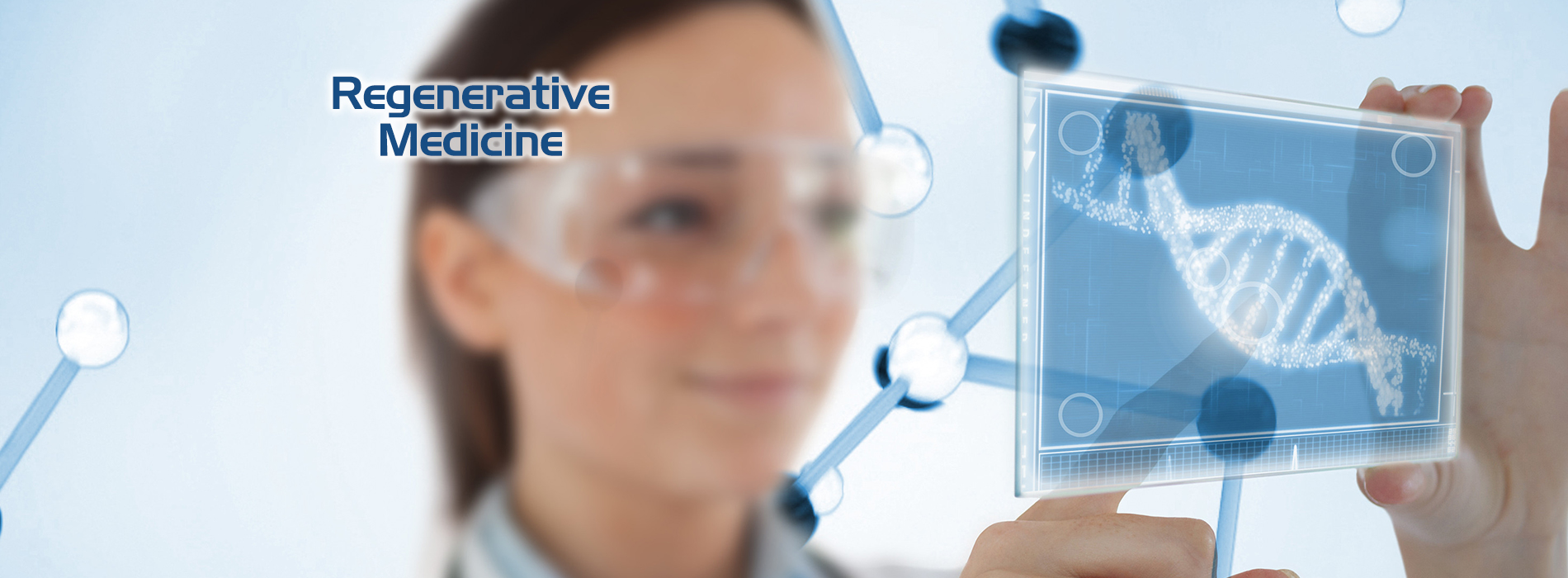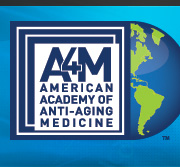FAQs on Adipose Derived Stem Cell Therapy in Dallas, Houston and Austin TX
Adipose (fat) tissue is a rich source of adult stem cells. These undifferentiated cells have the ability to transform into other cell types, which makes the an intricate part of regenerative medicine.
Why are adipose stem cells used?
The exact mechanism of transdifferentiation is not clearly understood, stem cells can be transferred 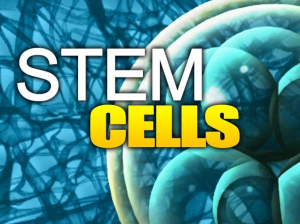 into a tissue environment so they replace or regenerate dying, diseased, or damaged body structures, tissues, and organs. The benefits of adipose-derived stem cells include:
into a tissue environment so they replace or regenerate dying, diseased, or damaged body structures, tissues, and organs. The benefits of adipose-derived stem cells include:
- Easily harvested through a minimally invasive procedure
- Ability to differentiate into other cell types
- Abundance in numbers
- Safe to transfer, as they come from the patient’s own body
- No conflict with current good manufacturing principles
How many stem cells are in adipose tissue?
Collected via liposuction, and compared to other sources, adipose tissue yields the highest concentrations of regenerative cells, particularly when obtained from the abdominal region. The number ranges in the millions per unit volume, which means they do not need cultured in the laboratory over days to assure adequate numbers.
How are adipose stem cells collected?
Adipose stem cells are collected via liposuction under local anesthesia. This poses a minimal risk to the patient compared to other collection methods. When you arrive at the procedure center, a nurse will prep the abdominal or buttock region for liposuction. A small needle and cannula is used to obtain the stem cell adipose tissue. A small bandage is applied afterwards. A laboratory centrifuge is used to concentrate the active stem cells for administration.
How are the stem cells administered?
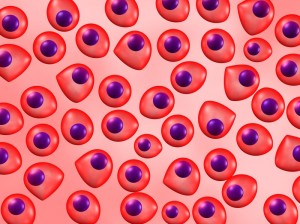 Depending on the injured or damaged region, the doctor will inject the stem cells into the body. This involves first numbing the area with a local anesthetic after it is cleaned with an antiseptic. Fluoroscopy (real-time x-ray) is used to assure correct needle placement. The procedure is done on an outpatient basis, so no overnight stay is required.
Depending on the injured or damaged region, the doctor will inject the stem cells into the body. This involves first numbing the area with a local anesthetic after it is cleaned with an antiseptic. Fluoroscopy (real-time x-ray) is used to assure correct needle placement. The procedure is done on an outpatient basis, so no overnight stay is required.
How do adipose tissue stem cells work?
Adipose-derived stem cells contain potent growth factors and anti-inflammatory substances, endocrine secretions, proteins as well as several kinds of collagen. Fresh isolated fat and collagen provides the structural support for cell survival. This composition of substances regenerate dying, damaged, and injured body components. In addition, endothelial progenitor cells and hematopoietic stem cells play key roles in regeneration of blood vessels and vascular structures.
Is adipose stem cell therapy effective?
The clinical trials in humans regarding the efficacy and safely of adipose-derived stromal vascular fraction stem cells are ongoing, but several stages of these trials are completed. These stem cells show promise in treating chronic diabetic ulcers, idiopathic pulmonary fibrosis, osteoarthritis, heart failure, Parkinson’s disease, stroke, and emphysema.
Adipose Stem Cell Kits include standard PRP components. Growth factors (GFs) from the patient’s own circulating blood platelets are used to activate the adipose-derived ASCs harvested from the same patient. In recent studies, adipose stem cells were successfully differentiated into smooth muscle cells and skeletal muscle cells. In addition, they show the capacity for myogenic (muscle) differentiation, where they can be used to regenerate new muscle tissue.
Is the adipose stem cell procedure safe?
The administration of autologous adipose stem cells is an extremely safe procedure. This is because adipose tissue is removed from the person’s own body via a sterile technique, and the tissue remains in a controlled environment, so there are no problems with disease transmission or cell rejection.
Resources
Di Rocco G, Iachininoto MG, Tritarelli A, Straino S, Zacheo A, Germani A, Crea F, Capogrossi MC. Myogenic potential of adipose-tissue-derived cells. J Cell Sci 119(Pt 14):2945-2952, 2006.
Jeon ES, Moon HJ, Lee MJ, Song HY, Kim YM, Bae YC, Jung JS, Kim JH. Sphingosylphosphorylcholine induces differentiation of human mesenchymal stem cells into smooth-muscle-like cells through a TGF-beta-dependent mechanism. J Cell Sci 119(Pt23):4994-5005, 2006.
Lindroos B, Suuronen R, & Miettinen S (2011). The potential of adipose stem cells in regenerative medicine. Stem Cell Rev, 7(2), 269-291.
